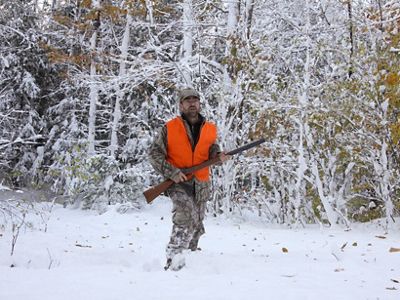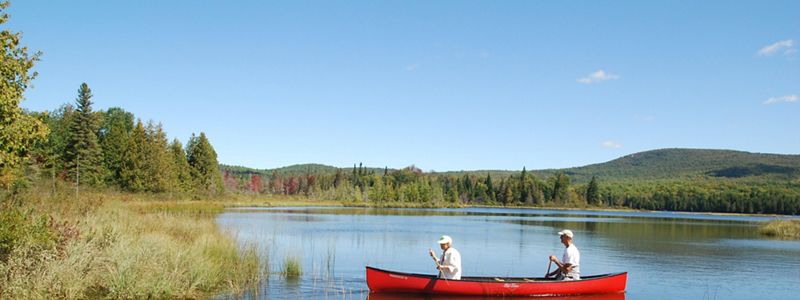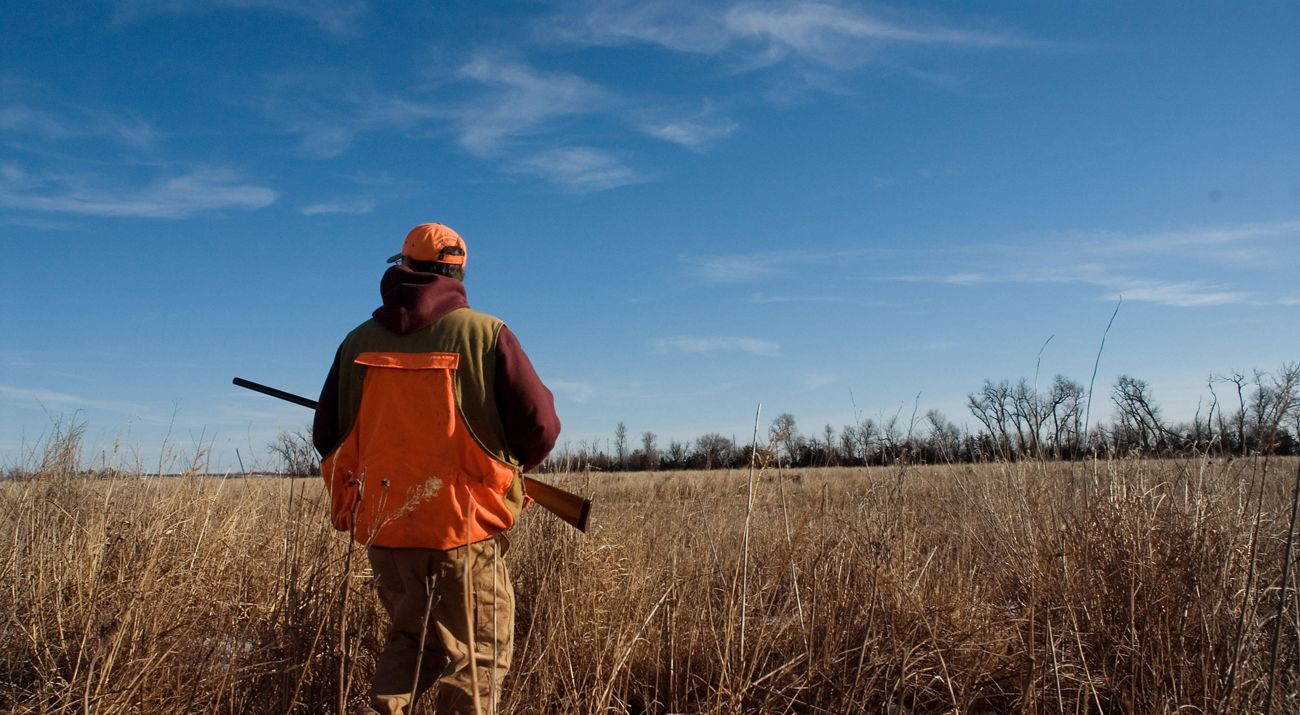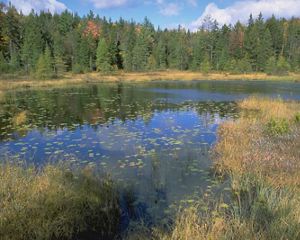Here at The Nature Conservancy in Vermont, we open all of our 55+ natural areas for fishing, and all but one for hunting. Every ecosystem must be balanced—in the absence of top predators, this balance is easily skewed. For example, lack of predation on deer can cause a significant population increase, which impacts forest regeneration. Today, our hunters perform this ecological role by keeping populations in check. Learn about the effects of white-tailed deer in northeastern forests.

The majority of our natural areas are open for hunting without permission, but some have restrictions and/or require permission. For a map and list of our natural areas including contact information for areas requiring permission, please see our map and list of TNC Vermont lands that are open to hunting.
All Vermont hunting and fishing regulations must be obeyed. Rules that must be followed on TNC lands are listed below and you are encouraged to contact us if you have any additional questions. We have two land managers on staff, please consult the TNC Vermont hunting document linked above to determine who best to contact for which preserve.
Tree Stands and Ground Blinds
Permanent tree stands and ground blinds are prohibited. Temporary tree stands and ground blinds are allowed without written permission from the 3rd Sunday in August through the 3rd Saturday in December, May 1-31 (dates inclusive), or during any Youth Hunting Day or Youth Hunting Weekend. Temporary stand and blinds must be constructed according to the following requirements:
- No damage may be done to any vegetation in erecting, maintaining, using or accessing a stand or blind except that limbs or branches one inch or less in diameter on the main stem or branch of a tree where a tree stand is located may be cut solely for the purpose of installing the tree stand (for guidance, A United States quarter is 0.9 inch in diameter);
- No vegetation can be cut for the purpose of creating shooting lanes or windows;
- No nails, bolts, screws (including access steps), wire, chain or other material that penetrates through a living tree's bark into the wood below shall be used in erecting, attaching, maintaining or using any stand or blind;
- All tree stands of ground blinds must be clearly, permanently and legibly marked with the the owner's name and address. The marking must be placed in a manner that enables it to be read conveniently and easily.
Tree stands and ground blinds that do not conform to this regulation are prohibited and may be confiscated and/or destroyed. Building, erecting, maintaining, using or occupying a non-conforming tree stand or ground blind is prohibited. Construction of any tree stand or ground blind does not confer exclusive use of its location to the person who built it. Any person may use that location for purposes consistent with this rule.
Hunting With Dogs
Permission may be granted at the discretion of the natural area manager for single working dogs under direct voice command for upland bird or waterfowl hunting. We allow retrieval dogs because they are highly trained and so less likely to harass wildlife and natural area visitors, and they increase a hunter's efficiency in finding downed birds. Due to the lack of immediate and direct control of hounds or coursing dogs and their potential threat to fragile and protect species, hunting or training with multiple dogs is not permitted on our natural areas. Radio communication or telemetry is not considered direct voice control. We do not allow our natural areas to be used for training of any kind of hunting dog.
Thank you for following our visitor preserve guidelines and letting nature come first!
We Can’t Save Nature Without You
Sign up to receive monthly conservation news and updates from Vermont. Get a preview of Vermont's Nature News email.




